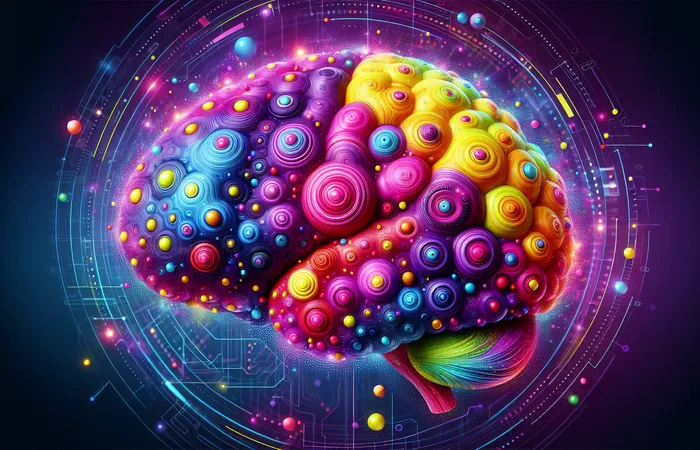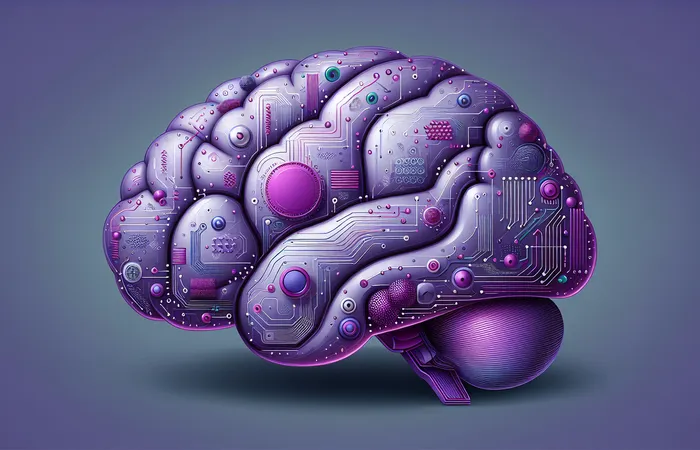Bridging Skills Gaps with AI-Powered Learning Solutions

In a rapidly evolving job market, mitigating skills gaps is crucial. Explore how AI-powered learning solutions offer innovative pathways to enhance workforce capabilities and sustain organizational competitiveness.
Addressing the Skills Gap Challenge
The global economy is changing fast, mainly due to advancements in technology and evolving business needs. Organizations face a significant challenge: many employees lack the skills needed for current and future roles. This skills gap poses a risk not only to individual careers but also to organizational competitiveness and efficiency. It's crucial to develop a learning culture that closes these gaps by seamlessly integrating knowledge management into day-to-day operations.
Why AI-Powered Learning Solutions Matter
Advancements in artificial intelligence offer a beacon of hope in addressing skills gaps effectively. AI-powered learning platforms like Skill5 are revolutionizing the corporate training landscape by personalizing the learning experience. By leveraging AI algorithms, these platforms can analyze individual learning patterns and adapt training modules to match specific needs. This customization enables employees to upskill more effectively, ensuring they acquire the skills most relevant to their current and future roles.
Flexibility and Personalization
Traditional training programs often adopt a one-size-fits-all approach. This is increasingly ineffective in a workforce that is diverse not only in roles but in skill levels and learning preferences. AI technologies excel in creating highly personalized learning experiences, thereby increasing engagement and retention. The incorporation of AI solutions allows for continuous feedback and adjustment of content, tailoring it to every employee's unique growth path.
For instance, when an employee encounters difficulty with a concept, an AI system can promptly provide alternative resources or modify the pace of learning to ensure clearer understanding. This adaptability reduces training time while maximizing results.
Data-Driven Insights for Continual Improvement
One of AI’s greatest strengths lies in its ability to harness large volumes of data. In the context of employee training, this means gathering insights on learning habits, material effectiveness, and skill acquisition progress. With AI, organizations can now rely on concrete, data-driven analytics to assess the impact of their training programs.
Such analytics shape future learning strategies, identifying areas of improvement and streamlining course offerings. A consistent feedback loop ensures that training is both effective and in alignment with workforce requirements. It allows an organization's learning solutions to evolve, adapting to changes within the business environment.
Reskilling and Upskilling with AI
Given the pace at which technology evolves, reskilling and upskilling initiatives are vital for maintaining competitive workforces. AI-driven platforms, such as the Skill5 Academy, facilitate career development through a series of dynamic micro-courses, which businesses can integrate to fill specific skills voids within their teams.
These micro-courses cater to a wide range of competencies, from niche technical skills to broad soft skills enhancement. Through nuanced algorithms that detect industries' trending skills, employees are not only prepared for their current roles but are also equipped for future demands.
Integration with Remote Work Dynamics
The rise of remote work introduces unique challenges in employee training. AI systems address these by enabling asynchronous learning, which is particularly beneficial to remote teams across varied time zones. AI-based tools ensure that whether someone is logging in from an office in New York or their home in Tokyo, they have access to a consistent, effective learning experience.
Fostering a Culture of Continuous Learning
Organizations that succeed in the modern era will be those that prioritize learning as a continuous journey rather than a static endpoint. By embedding AI solutions into their development strategies, businesses promote a learning culture where employees expect regular growth and development opportunities. This fosters higher employee engagement, satisfaction, and retention.
Overall, AI-powered learning platforms equip employees with the necessary tools to drive their career growth while simultaneously equipping organizations with agile, in-demand skills. This dual focus ensures that both enterprises and individuals thrive in a competitive landscape.
Final Thoughts
Mitigating skills gaps in today’s work environment involves a proactive and strategic approach. With the rise of AI-powered learning platforms, organizations can efficiently equip their workforce with necessary skills while staying ahead of technological and industry shifts. This not only boosts productivity and team performance but also propels the organization towards a future-ready, adaptive workforce. The convergence of technology and education through AI promises a brighter, more skilled future, affirming that learning is indeed a lifelong endeavor.



